Special Report
Children's Mental Health a Year Into the Pandemic and Going Forward

Published:

COVID-19 has affected people of all ages. Though children are not at a high risk of experiencing a severe form of the illness, they are as exposed as adults to the life changes and stressors the pandemic has created.
Before the pandemic, more than 7% of children between 3 and 17 have a diagnosed behavior problem, according to the Centers for Disease Control and Prevention. Around 7% have also diagnosed anxiety, and more than 3% a diagnosed depression. Rates of mental health problems increase during community crises such as a pandemic.
24/7 Tempo reviewed information on children’s mental health from the CDC as well as other organizations focusing on children’s health, and discussed the matter with a child and adolescent family therapist, to compile a list of what parents should know about children’s mental health a year into the pandemic.
We have now lived through a pandemic for a year. The World Health Organization officially declared the novel coronavirus a pandemic on March 11, 2020. By March 17, 2020, the virus had spread to all 50 U.S. states. What came next for children in child care and older was an extraordinary year of sudden school closures, a huge amount of screen time, and social isolation.
Even before the pandemic, mental health problems such as depression and anxiety were on the rise in children 6 to 17, according to the CDC. Research shows that social isolation can make these conditions worse.
A national survey from April and May 2020, just a few weeks after schools first closed, found that nearly a third of school-age children reported being unhappy and depressed more often. Many felt heightened uncertainty about the future.
More than 530,000 Americans have died, accounting for 20% of the reported world total. One of the primary causes, if not the primary cause, of concern among epidemiologists is the rise of variants, which appear to be the main driver of new infections. This is the only state left with zero variants.
Click here to see children’s mental health a year into the pandemic and going forward
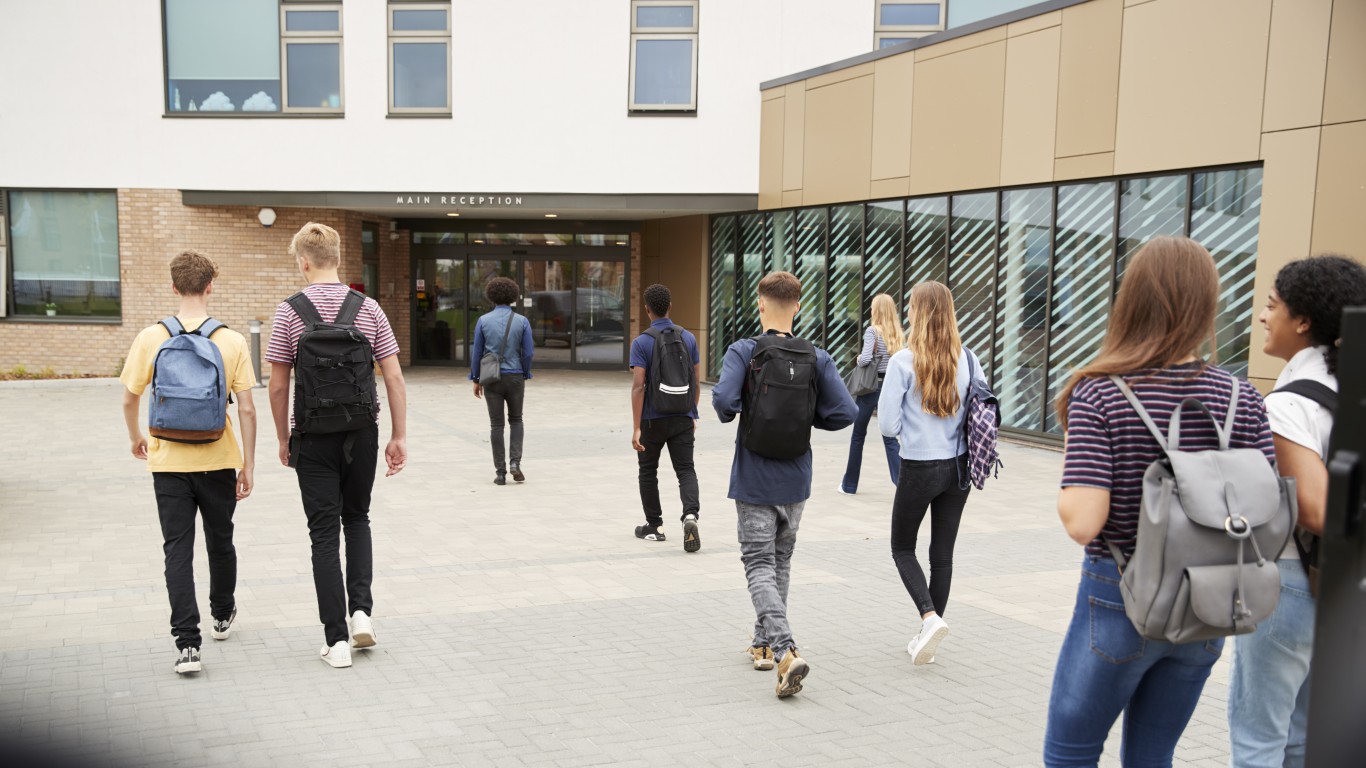
High schoolers are often most at risk
The children most at risk of struggling with mental health during the pandemic tend to be in their late teens — children around the age of 15 and 16 who are just starting high school up to college, according to Darby Fox, child and adolescent family therapist and author of “Rethinking Your Teenager.” It’s easier to redirect negative feelings in children under 10, Fox added.
[in-text-ad]
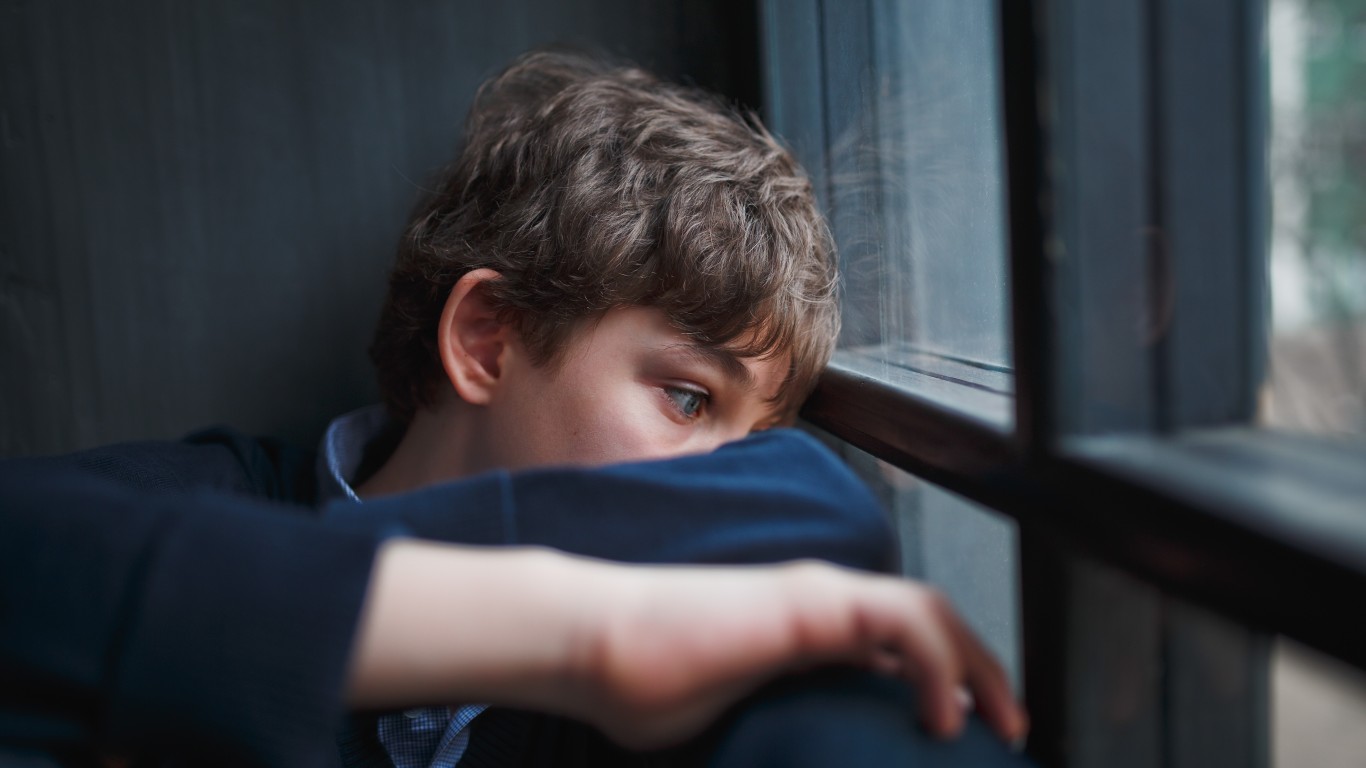
Children with trauma have been more vulnerable
Some children may be more prone than others to struggling emotionally during the pandemic, especially if they were struggling with issues before the pandemic, according to Fox. Certain feelings and behaviors will be far more pronounced if “a child has experienced trauma such as losing a loved one.”

Remote learning takes its toll
For children 10 and up, school, which would normally take up most of their time, has been largely online during the pandemic — even schools that opened classrooms first did so mostly for younger kids — and socialization has been very limited.
For many children learning online and those who have to switch between virtual and physical days, there is a sense that no one really knows what they’re doing and that online learning is ineffectual, Fox explained.
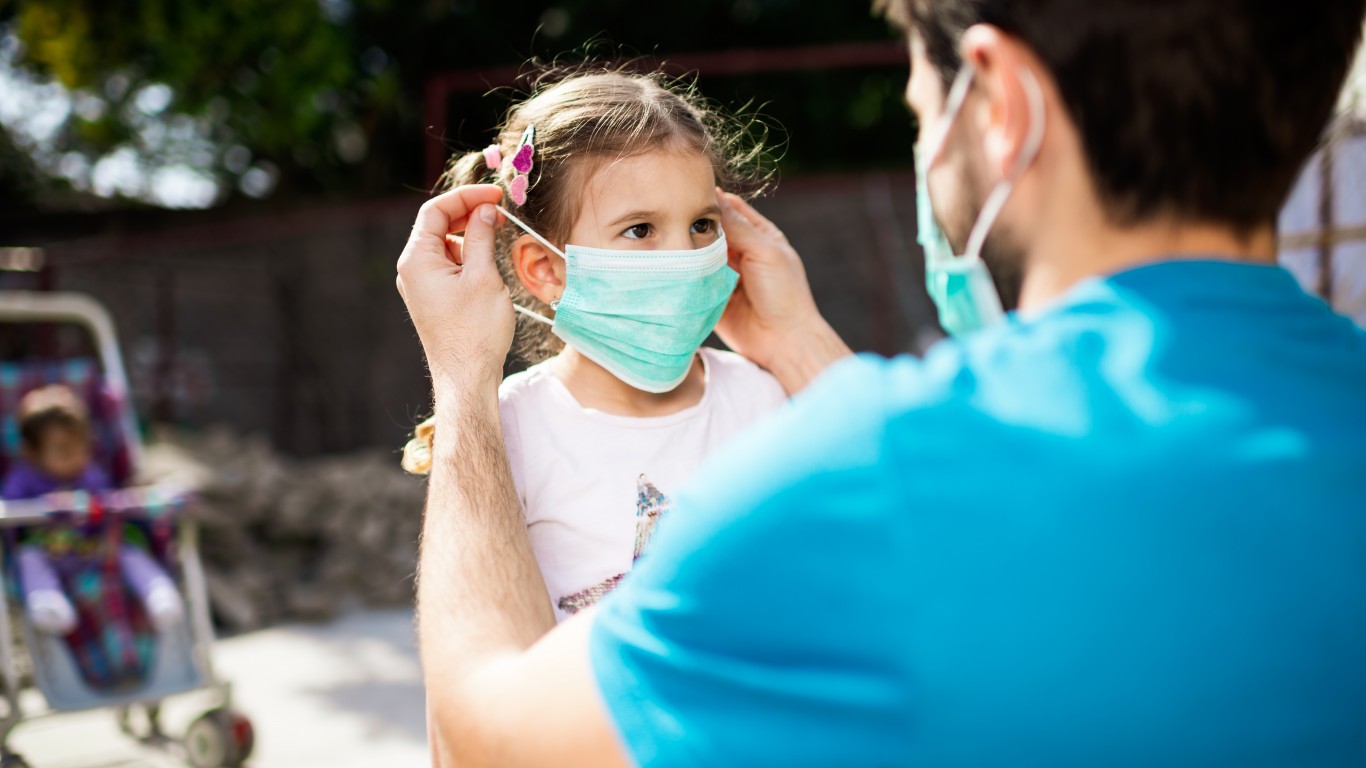
Social isolation
For about a year now, many kids have been studying online most of the time. That means they have had no real connection with their peers and that they have been staying indoors most of the day, which is not natural, Fox said. “This to them feels like punishment for something they have no control over.”
[in-text-ad-2]

Mental health-related ER visits increased among children
After a significant decline at the beginning of the pandemic as stay-at-home orders were implemented, mental health-related pediatric emergency rooms visits increased and remained elevated, according to the CDC. Between April and October 2020, there were 24% more mental health-related visits for children ages 5 to 10 and 31% more for children ages 12 to 17.
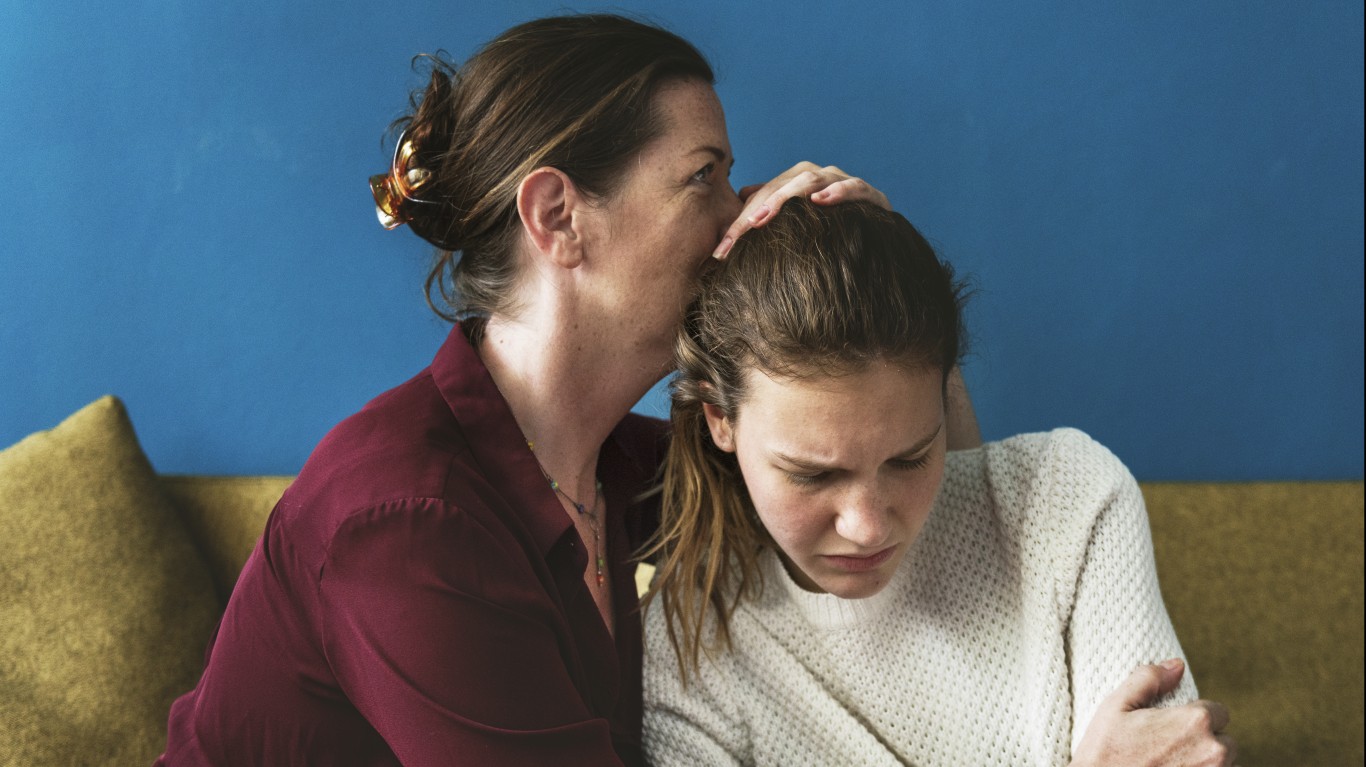
Major challenges
Some of the major challenges children and young adults have faced during the pandemic relate to changes in:
— Their routine (routines contribute to children feeling safe)
— Breaks in continuity of learning (an uncertainty about school is an additional source of anxiety)
— Breaks in continuity of health care (which has meant limited access to mental and physical health services)
–Missed significant events (including vacations (which provide quality time with family and friends)
— Lost security and safety (as there has been a rise in family violence during the crisis).
[in-text-ad]
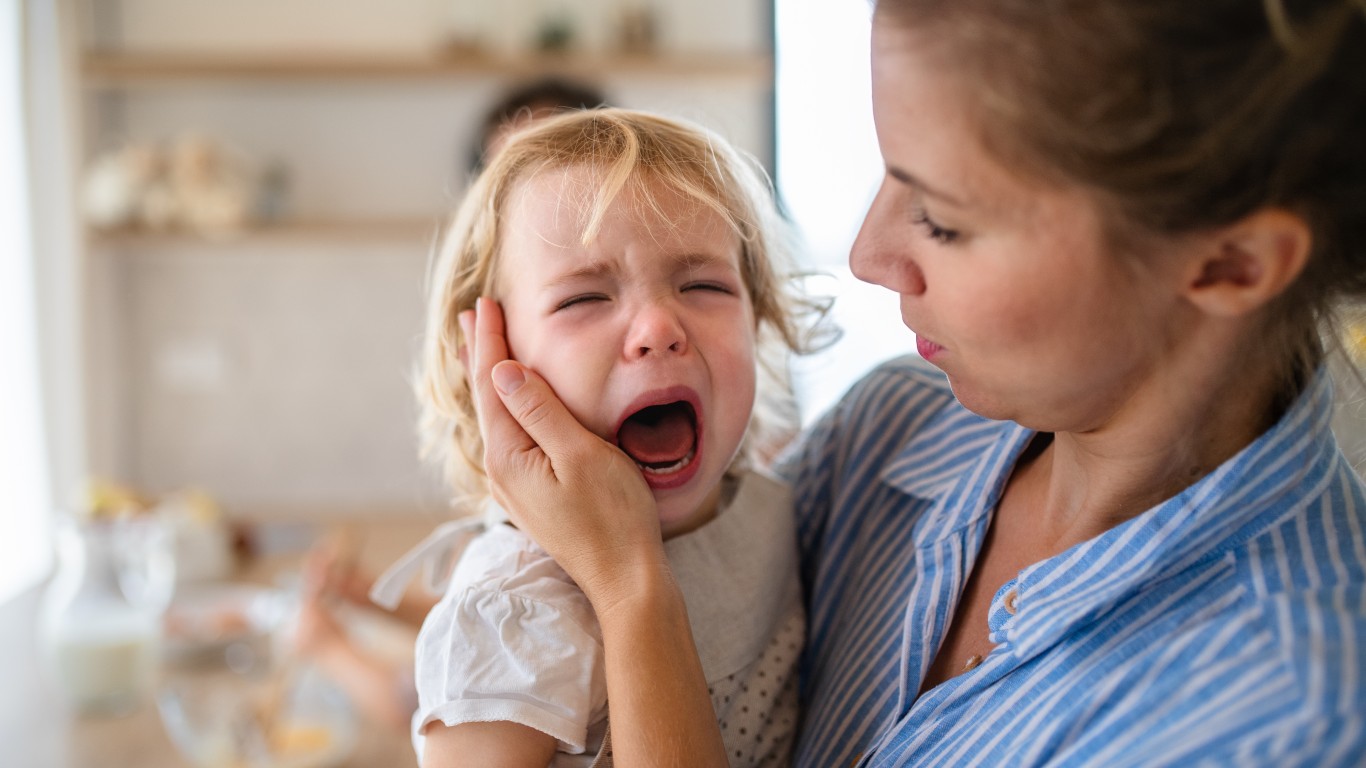
Signs younger children are struggling
Young children such as toddlers and those in elementary school may regress in certain developmental milestones, like bedwetting or having emotional problems characterized by intense tantrums or separation anxiety, according to Fox.
Other signs younger children may be struggling include not being able to sleep at night, being more irritable, crying more easily, being more difficult to console, being hesitant to explore, and showing out-of-character aggression during play.

Signs older children are struggling
The signs that older children and adolescents are struggling are somewhat different. They tend to act the opposite of their usual behavior. For example, if children who are normally happy appear more gloomy and crying more, or “if they love to be outside but are now afraid of going out,” Fox explained. These may be signs depression is settling in, she added. “Withdrawal [from friends or family] is a common sign especially among high school kids.”
Other signs include unusual changes in mood, ongoing irritability, frequent conflicts with friends, a hard time falling asleep, problems concentrating, and changes in eating habits. “I have definitely seen escalation in eating disorders,” Fox said. For many people, eating is a coping mechanism tied to stress.

Why is this still happening?
Some people may feel that a year is long enough for people and children to get used to living through lockdowns, working from home, and school closures — that this is the new normal. But the reality is not that simple. What’s still creating emotional stress during the pandemic is that we, including children, don’t know what’s next, Fox explained.
The conditions the pandemic has created pose are the real problem, Fox added. With children being away from school and with social interactions and relationships all but severed, children don’t know where they belong.
[in-text-ad-2]

Risky behaviors in teens
The COVID-19 pandemic has had an impact on psychological and emotional disorders and behaviors among people of all ages. Among adolescents, however, two behaviors that have escalated are excessive drinking and unhealthy eating, according to Fox.
“I have seen huge escalations in drinking,” Fox said. Many high school students, especially athletes, are on rigorous schedules. But for a year now, most don’t need to be in shape for a game or to practice. The lack of structure for students and perhaps especially student athletes, has likely contributed to the rise in risky behaviors, according to Fox.

Eating disorders in teens on the rise
A study published in November 2020 in the International Journal of Eating Disorders that surveyed participants in the U.S. and the Netherlands found that many people with anorexia restricted their eating more, and those with bulimia and binge eating disorder reported more bingeing.
“I have definitely seen escalation in eating disorders,” Fox said. For many people, eating is a coping mechanism tied to stress. The problem is largely among girls, she added. Eating can be a coping mechanism during stress as it can be a way to temporarily forget uncomfortable emotions, including sadness, anxiety, fear, and loneliness.
Gaining even a little bit of weight — and even the thought of it — may trigger negative emotions in people who have or have had an eating disorder. Many people, of all ages, have gained weight during the pandemic due to staying at home more and having fewer opportunities for physical activity.
[in-text-ad]

Embrace a flexible mindset
“I’d love for parents to embrace teaching children in a flexible mindset,” Fox said. The pandemic has limited just about every aspect of everyday life. Plans change all the time during the pandemic and there seems to be no such thing as committing to something far in advance. “But if we can’t do something exactly as we wanted, let’s work to see what we can do.”
It may be picking up a new sport or hobby. We shouldn’t just wait for things to go back to normal because no one really knows when that will be, Fox added. “Take a deep breath and redirect.”
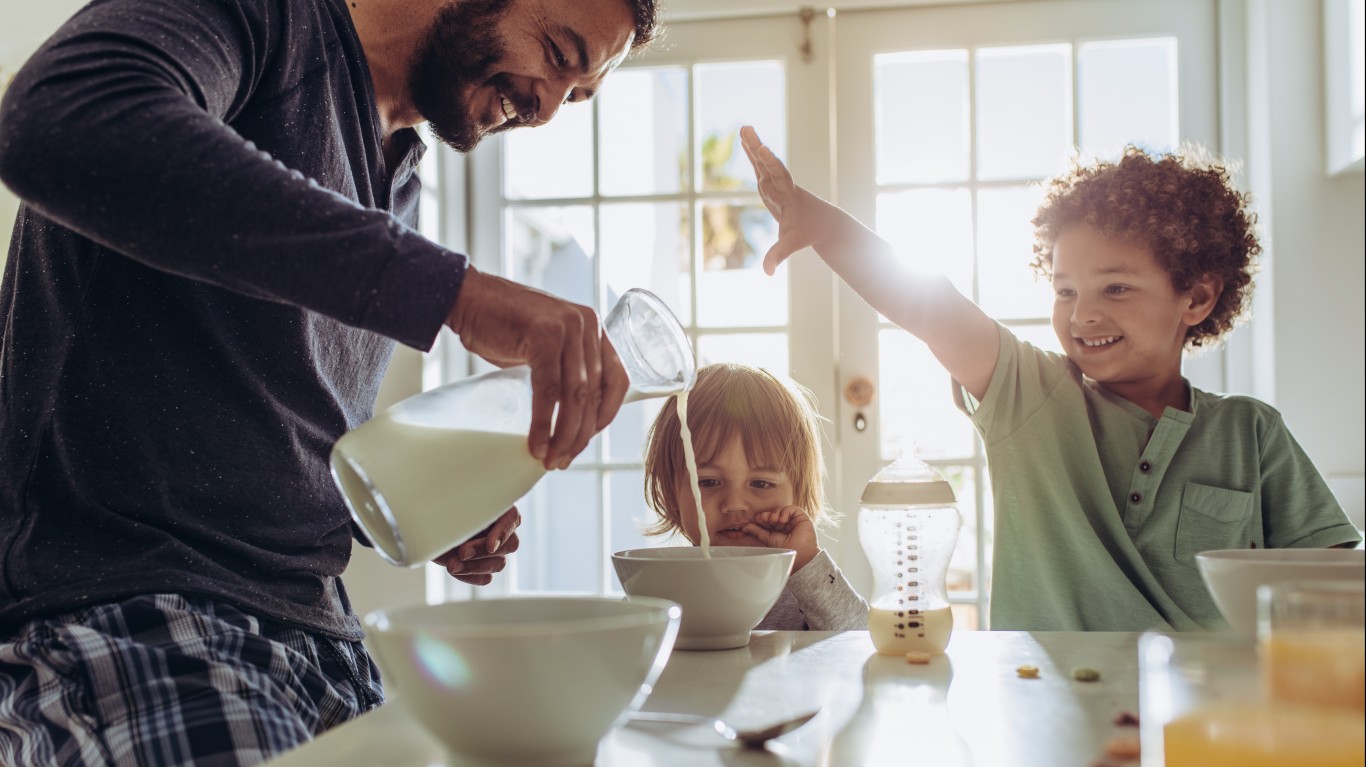
How can parents offer support?
The most helpful tool to help children who are struggling with social isolation and the problems it has created is having a schedule, according to Fox. To support kids’ emotional well-being, parents can “bring back a more regular schedule, require kids to get out of bed in the morning, have breakfast as they normally would, and do their Zoom classes in a different room.” Children need routine and structure because it makes them feel safe, which in turn helps them manage emotions and behavior, Fox explained.

Vaccine schedule brings hope
With several COVID-19 vaccines now available in the U.S., President Joe Biden wants every American adult vaccinated by the end of May and for life to return to near normal by July 4. Though this schedule offers a light at the end of the tunnel, a year of social isolation is a long time, especially for children, and some may struggle, when the time coms, to adjust back to the old normal.
[in-text-ad-2]

The transition back will be hard for many kids
Now that vaccines are becoming more readily available and new cases are on decline, some parents may be thinking about how to help their child cope with the transition back to regular school and other activities. “It’s important to go slowly with kids showing reservation,” Fox said. Adolescents, especially, may be nervous about re-engaging with others, she added.
It may also be helpful to use coping-focused language, emphasizing on what children can control such as following instructions and engaging in good hygiene, as opposed to focusing on things that are out of their control such as if other students get COVID-19.

Be persistent
A good way to help children with being social again is to gather with a few people at first, Fox said. “Make plans to do something but pick activities with small groups.”
Some children may be resistant at first, Fox said. “Don’t let them say ‘no’ to everything for too long.” You can gently win them over and convince them to participate by asking, “Is there something you’d like to do?” or “What do you not like about this?”
[in-text-ad]
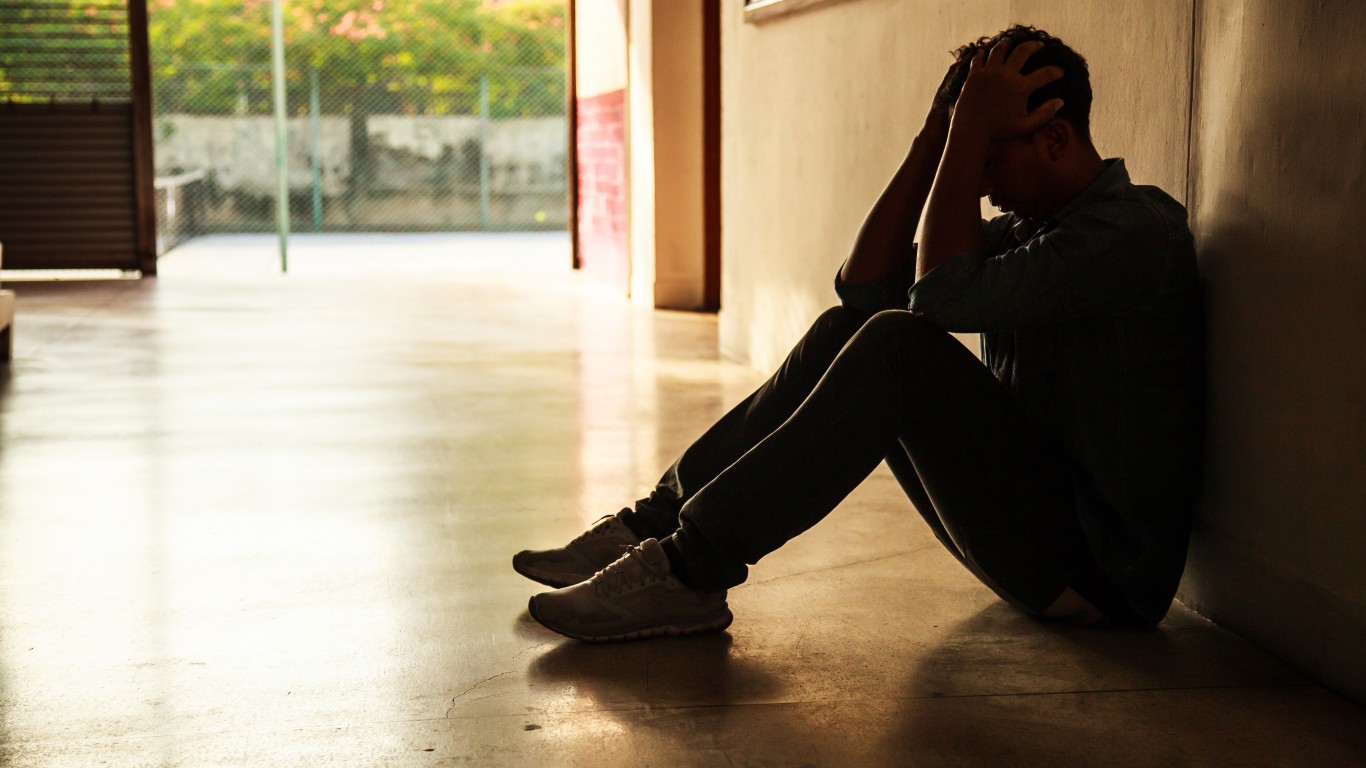
The thin line to watch out for
Children often test their parents’ patience, sometimes just to see what they can get away with. In normal times, parents may have a strict approach to dealing with this kind of behavior, but these are not normal times. Recognizing the line between normal misbehaving or rebellion and acting out due to social isolation that warrants serious attention can be difficult.
“The best way to approach a situation like this is to be curious,” Fox said. If you keep hitting a wall, she added, ask the child “Is there something else going on?” or “Why are you saying ‘no’?” or “How could we make this work?” Most parents say, “No, you have to do this,” but this immediately brings up resistance in children, she explained.
Are you ready for retirement? Planning for retirement can be overwhelming, that’s why it could be a good idea to speak to a fiduciary financial advisor about your goals today.
Start by taking this retirement quiz right here from SmartAsset that will match you with up to 3 financial advisors that serve your area and beyond in 5 minutes. Smart Asset is now matching over 50,000 people a month.
Click here now to get started.
Thank you for reading! Have some feedback for us?
Contact the 24/7 Wall St. editorial team.